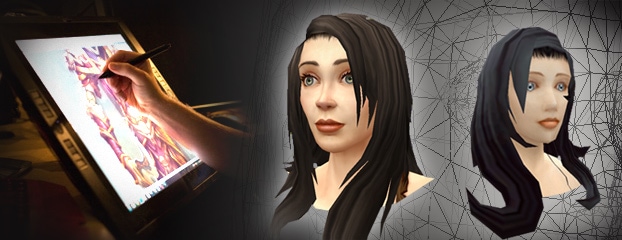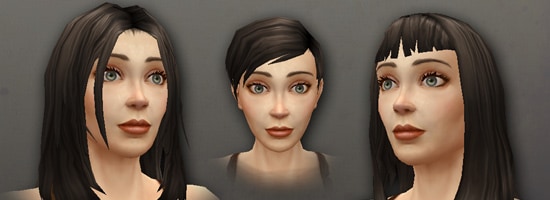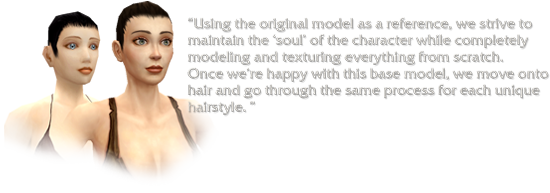Hi, I’m Chris Robinson, senior art director of World of Warcraft, and this is the first in a series of articles we're creating to bring you all closer to the development of the player character model Model
Also referred to as a “skin”, this is the basic form of the character. Think of it like a gray sculpture, in this case made with polygons. revamps we announced at BlizzCon. In this series, we'll give you an inside look at the process we go through to do one of these revamps, discuss the kinds of art issues we're addressing with the new models, and provide a bit of insight our future plans for their continued polish.
We're happy to begin our series by sharing a first look at where we're at with the Human female. While future articles won’t always be about revealing a new model, we thought this would be a great introduction to the approach we take for every one of these redesigns.
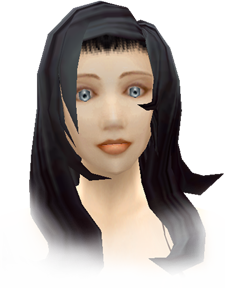 We’re looking at these model revamps as a sort of “spiritual update” to the art content that currently exists in-game—except we’re completely redoing them from scratch. That includes the base model, skin tone variations, customization options (e.g. wrinkles, scars, moles, earrings, etc.), hairstyles, and any skin variations for NPCs you see out in the world, like Iron Dwarves or Leper Gnomes. We’re pretty excited about some of the ideas you've given us for new customization and skin options you’d like to see, but our first goal—which is already a monumental endeavor—is to make sure that the visual content that currently exists is brought up to or surpasses the level of quality you see in current boss models, the Pandaren, and central NPCs like the new Vol’jin model.
We’re looking at these model revamps as a sort of “spiritual update” to the art content that currently exists in-game—except we’re completely redoing them from scratch. That includes the base model, skin tone variations, customization options (e.g. wrinkles, scars, moles, earrings, etc.), hairstyles, and any skin variations for NPCs you see out in the world, like Iron Dwarves or Leper Gnomes. We’re pretty excited about some of the ideas you've given us for new customization and skin options you’d like to see, but our first goal—which is already a monumental endeavor—is to make sure that the visual content that currently exists is brought up to or surpasses the level of quality you see in current boss models, the Pandaren, and central NPCs like the new Vol’jin model.
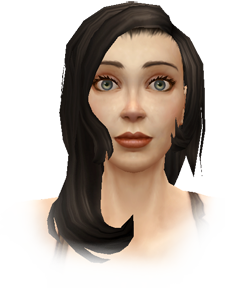 With the revamp, we’re completely overhauling every aspect of the player models, but our goal is to do so while retaining the core look and feel that has always made them your character. We'll feel like we've succeeded if you see the updated version of your character and it still feels like you’re looking at the character you’ve been playing for the past however many years—only someone has finally focused a lens.
With the revamp, we’re completely overhauling every aspect of the player models, but our goal is to do so while retaining the core look and feel that has always made them your character. We'll feel like we've succeeded if you see the updated version of your character and it still feels like you’re looking at the character you’ve been playing for the past however many years—only someone has finally focused a lens.
To achieve this, we’re increasing the polygon Polygon
A virtual triangle, combined in larger numbers to create a model. Everything you see in the game is composed of these triangles with a texture painted on them to provide color and form. count significantly (in some cases going from less than 1,000 to over 5,000), more than doubling the texture Texture
This is what we project onto the model to create the illusion of color and form. Think of it like painting a gray tabletop miniature—in this case we just use digital paint. resolution, increasing bone Bone
Used to control the model. Groups of polygons make up pieces of the model. For instance, each finger on your character is like a hollow hexagonal tube with a division for each joint. Each section of polygons between those joints is associated with a bone, so when we animate that bone, the relevant part of the finger moves with it—like digital puppetry. count significantly to support updated animation Animation
The art of creating successive poses of the model, using the skeleton, to create movement. Each pose is a referred to as a “frame.” There are typically 30 or so frames in each second, so for every second of movement you see on a character, you’re looking at 30 very small movements that make up one large movement. and facial expression, and retouching nearly every animation for all of the characters. For animation alone, that’s roughly 180 animations per character, times 10 races in both male and female variants, equaling approximately 3,600 animations. We’re also incorporating the rigging Rig/Rigging
Attaching relevant parts of the model to the skeleton. For instance, the forearm of your character has a forearm bone. When we rig, we set that part of the model to follow that bone. technology we introduced with the Pandaren into every character to provide better posing, smoother animation, and the ability to pull off some fantastic facial expressions. In the weeks and months ahead, we’re going to be bringing you in for a closer look at some of the processes, challenges, and results of this revamp process.
"When developing the base model we keep the expression on the face as devoid of emotion or expression as possible"
What you’re looking at here for the Human female is a single face option and a single skin tone on the base model without any animation or posing. When developing the base model we keep the expression on the face as devoid of emotion or expression as possible, as that allows our animators a greater range of motion when they start posing and morphing the face into different expressions. If we were to put any amount of expression—even a slight smile or mildly angry eyebrows—in the base model, that would carry through to every animation, and we'd end up with some very confused-looking characters.
Joe Keller is a senior character artist on our team and was responsible for the lion’s share of modeling and texturing the Human female. Here's what he had this to say about this challenge:
“Everyone is pretty familiar with the Human character models in WoW, but working on these updates gives us a chance to embellish and fill in the blanks. For the Human female this meant we could give her more muscle definition and personality in the face while still staying true to the overall look and spirit of the original. Hopefully this will also help show her as more of the capable fighter that she is.”
This process has been a welcome challenge for all of us on the World of Warcraft art team. We’ve all wanted to address the player models and bring them up to a more current fidelity for some time now, and we’re as excited as you are to get these models into the game. We hope you’ll enjoy this series as we invite you to meet the team and see more on our development process.Thanks so much, and see you next time.
Chris Robinson (@artofcgrobinson), senior art director, World of Warcraft
Human female created by Joe Keller, senior character artist, with direction from Chris Robinson and Tyson Murphy (@Tysmurph), character artist.
Chris Robinson on tumblr
Joe Keller on CGHub
Tyson Murphy on tumblr



